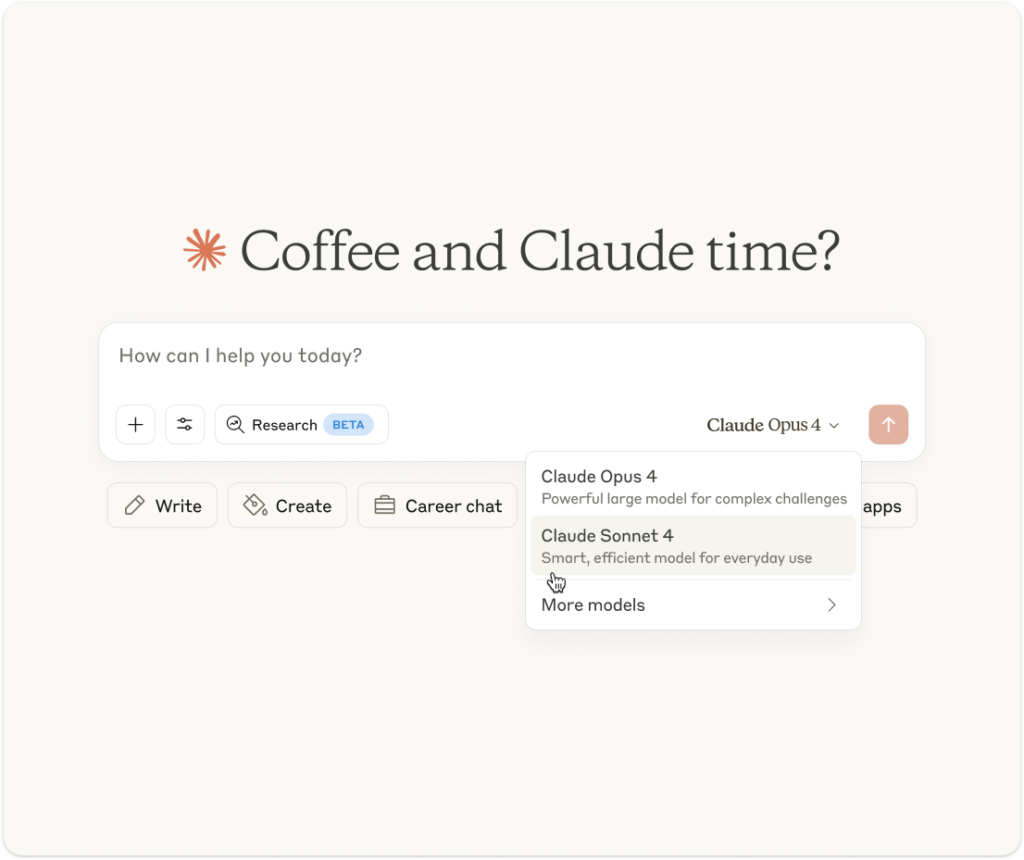On Thursday, Anthropic released Claude Opus 4 and Claude Sonnet 4, marking the company’s return to larger model releases after primarily focusing on mid-range Sonnet variants since June of last year. The new models represent what the company calls its most capable coding models yet, with Opus 4 designed for complex, long-running tasks that can operate autonomously for hours.
Alex Albert, Anthropic’s head of Claude Relations, told Ars Technica that the company chose to revive the Opus line because of growing demand for agentic AI applications. “Across all the companies out there that are building things, there’s a really large wave of these agentic applications springing up, and a very high demand and premium being placed on intelligence,” Albert said. “I think Opus is going to fit that groove perfectly.”
Before we go further, a brief refresher on Claude’s three AI model “size” names (introduced in March 2024) is probably warranted. Haiku, Sonnet, and Opus offer a tradeoff between price (in the API), speed, and capability.
Haiku models are the smallest, least expensive to run, and least capable in terms of what you might call “context depth” (considering conceptual relationships in the prompt) and encoded knowledge. Owing to the small size in parameter count, Haiku models retain fewer concrete facts and thus tend to confabulate more frequently (plausibly answering questions based on lack of data) than larger models, but they are much faster at basic tasks than larger models. Sonnet is traditionally a mid-range model that hits a balance between cost and capability, and Opus models have always been the largest and slowest to run. However, Opus models process context more deeply and are hypothetically better suited for running deep logical tasks.

A screenshot of the Claude web interface with Opus 4 and Sonnet 4 options shown.
Credit:
Anthropic
There is no Claude 4 Haiku just yet, but the new Sonnet and Opus models can reportedly handle tasks that previous versions could not. In our interview with Albert, he described testing scenarios where Opus 4 worked coherently for up to 24 hours on tasks like playing Pokémon while coding refactoring tasks in Claude Code ran for seven hours without interruption. Earlier Claude models typically lasted only one to two hours before losing coherence, Albert said, meaning that the models could only produce useful self-referencing outputs for that long before beginning to output too many errors.

